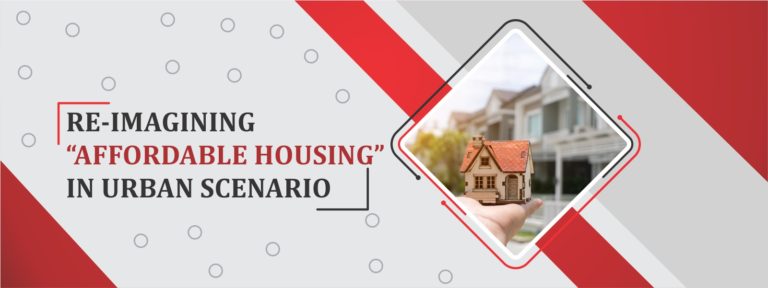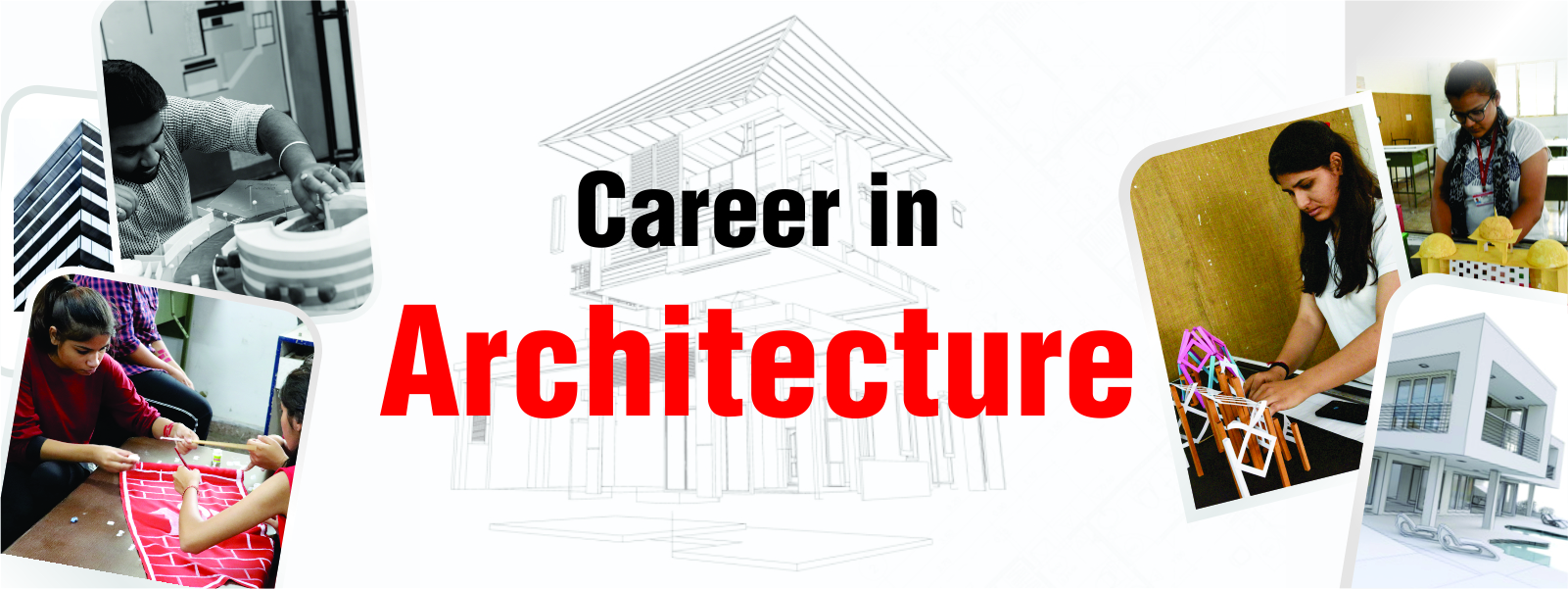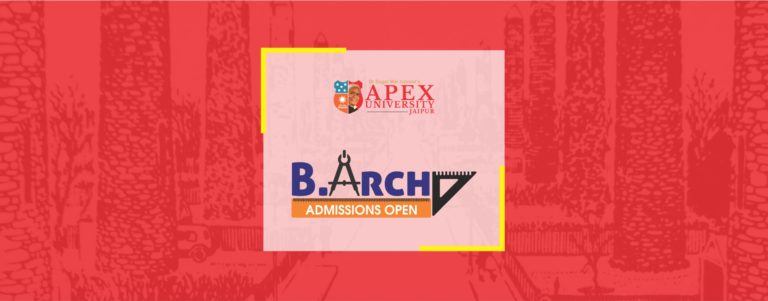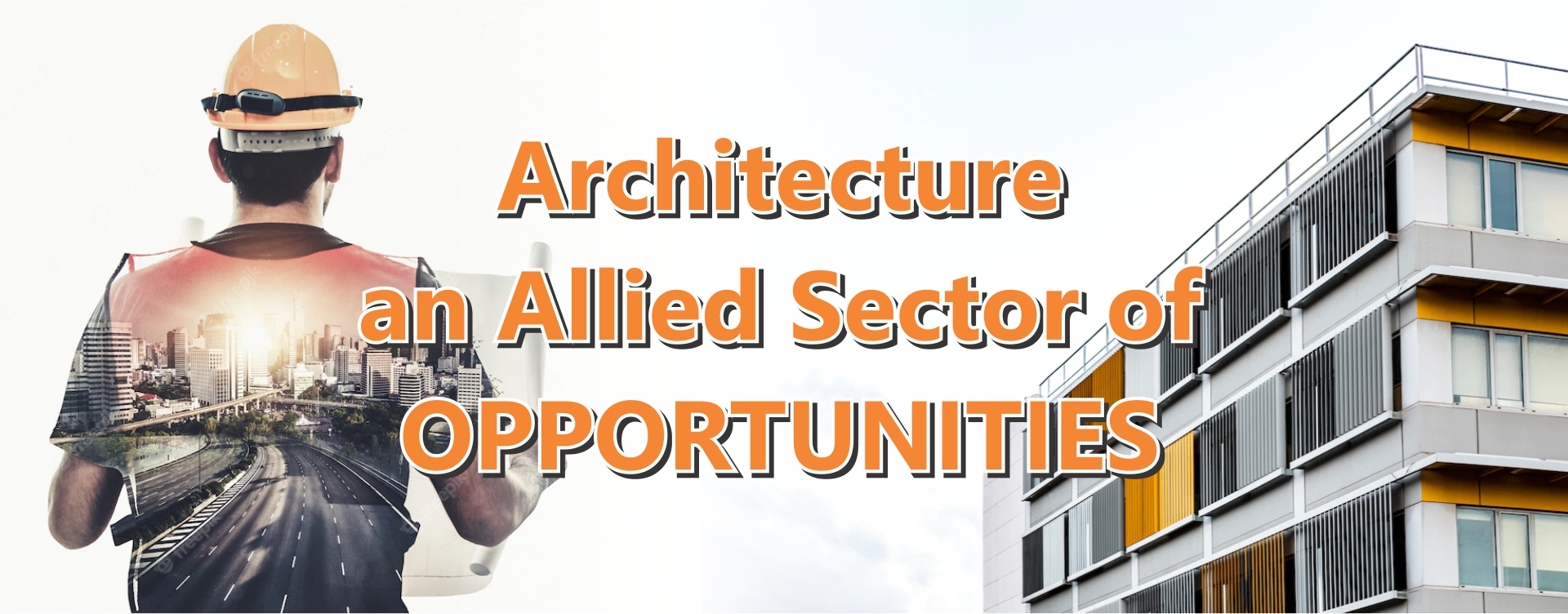
Reimagining “AFFORDABLE HOUSING” in Urban Scenario


Architect | Urban Designer
(Assistant Professor)
School of Architecture, AGI
Part 1 : Issues of affordable housing
Urban design is not having a unique definition which exactly defines this profession; it is a amalgamation of studies of different aspects of many other professions includes history, geography, civics, architecture, planning, social study, technology, engineering, designing, transportation, etc. Having a word “urban” makes it vast in the field of all as it refers “people” because people make a community and different community makes an “urban” neighbourhood. So urban design combine the above mentioned professions together and makes it work for the betterment of individual (human) and its living (community). Globally, human race is facing many urban issues which directly affect the other existing races on the earth. Instead of being in a 21st century, known as the age of technology, innovations and smart solutions we are surrounded by these urban issues which are not solved and constantly growing day by day. Some of the major urban issues following are :Problem statement
Housing for urban poor (Affordable Housing) is not at all a housing scenario for the people whom it build? Housing for urban poor is not provided according to the needs of beneficiaries and the efforts done in this sector is not appreciated by the “stakeholders” as they are made without understanding the residents actual requirements and no any background studies done to know their expectations which results the people centric design for housing includes socio-cultural, security and better living aspect of the society by encouraging community identity.Major Issues
- No preference is given to the slum residents requirements and there is no public participation during formulation of plans.
- Multi store buildings provided by the authorities in many cases are definitely not the solution for accommodating large no. of families.
- No arrangements and initiatives done for the different age groups of the slum.
- Lack of open spaces at different level in the neighbourhood which provide opportunities to get social life in the settlement which we see in the slum.
- Social cohesion opportunities in design are absent which is the most required aspect in the slum life which unites them and stands for each other.
- Contemporary style housing solution and typology is missing which connect them to their village style life.
- An arrangement for their cattle and cart parking is not addressed.
- Financial model, tenure and ownership issues are not worked out properly due to which people leave their provided houses and make another slum.


